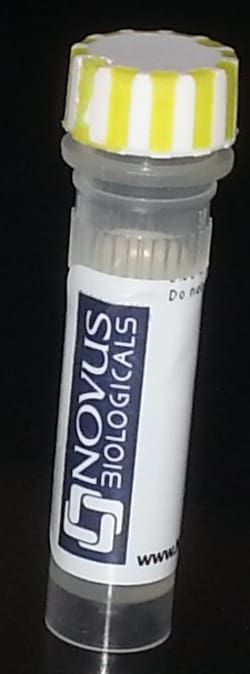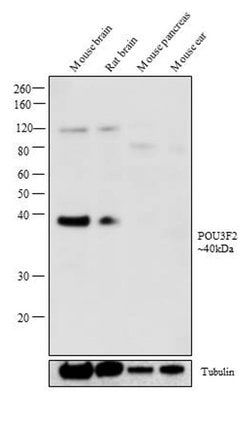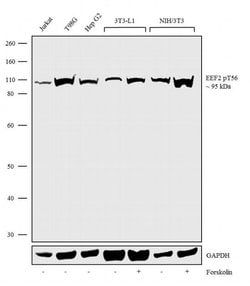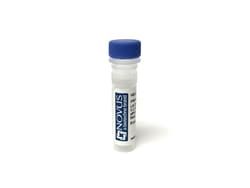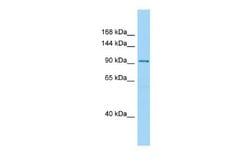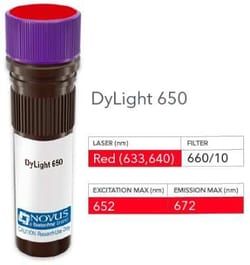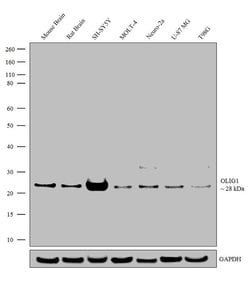OLIG1 Recombinant Polyclonal Antibody (4HCLC), Invitrogen™
Manufacturer: Invitrogen
Select a Size
| Pack Size | SKU | Availability | Price |
|---|---|---|---|
| Each of 1 | 71-191-9-Each-of-1 | In Stock | ₹ 42,720.00 |
71-191-9 - Each of 1
In Stock
Quantity
1
Base Price: ₹ 42,720.00
GST (18%): ₹ 7,689.60
Total Price: ₹ 50,409.60
Antigen
OLIG1
Classification
Polyclonal
Concentration
0.5 mg/mL
Formulation
PBS with 0.09% sodium azide; pH 7.4
Gene Accession No.
Q8TAK6, Q9JKN5, Q9WUQ3
Gene Symbols
OLIG1
Immunogen
Peptides corresponding to human OLIG1 [1) aa19-aa38 2) aa251-aa267]
Quantity
100 μg
Primary or Secondary
Primary
Target Species
Human, Mouse, Rat
Product Type
Antibody
Isotype
IgG
Applications
Western Blot
Clone
4HCLC
Conjugate
Unconjugated
Gene
OLIG1
Gene Alias
AI836478; AW494459; basic domain, helix-loop-helix protein, class B, 6; BHLHB6; bHLHb7; bHLHe20; bHLHe21; class B basic helix-loop-helix protein 6; Class E basic helix-loop-helix protein 21; LOW QUALITY PROTEIN: oligodendrocyte transcription factor 1; Olg1; Olg-1; Olg-1 bHLH protein; OLIG1; olig2; olig3; Oligo1; Oligo2 antibody; oligodendrocyte lineage transcription factor 1; oligodendrocyte transcription factor 1; Oligodendrocyte-specific bHLH transcription factor 1
Host Species
Rabbit
Purification Method
Protein A
Regulatory Status
RUO
Gene ID (Entrez)
116448, 50914, 60394
Content And Storage
Store at 4°C short term. For long term storage, store at -20°C, avoiding freeze/thaw cycles.
Form
Liquid
Related Products
Description
- This antibody is predicted to react with Monkey, Pig, Bovine
- Recombinant rabbit polyclonal antibodies are unique offerings from Thermo Fisher Scientific
- They are comprised of a selection of multiple different recombinant monoclonal antibodies, providing the best of both worlds - the sensitivity of polyclonal antibodies with the specificity of monoclonal antibodies - all delivered with the consistency only found in a recombinant antibody
- While functionally the same as a polyclonal antibody - recognizing multiple epitope sites on the target and producing higher detection sensitivity for low abundance targets - a recombinant rabbit polyclonal antibody has a known mixture of light and heavy chains
- The exact population can be produced in every lot, circumventing the biological variability typically associated with polyclonal antibody production
- OLIG1 (oligodendrocyte transcription factor 1) promotes formation and maturation of oligodendrocytes - especially in the brain
- It cooperates with OLIG2 to establish the pMN domain of the embryonic neural tube.
